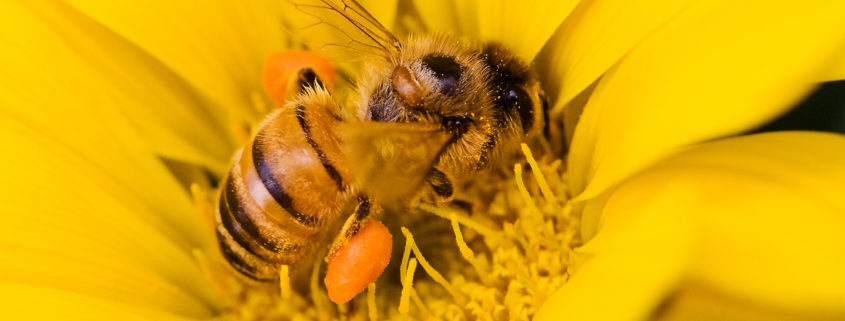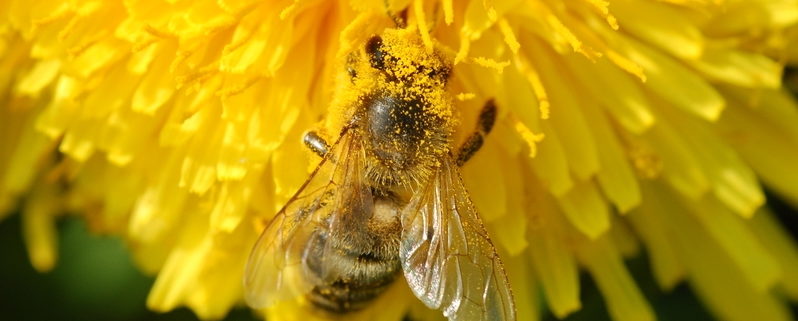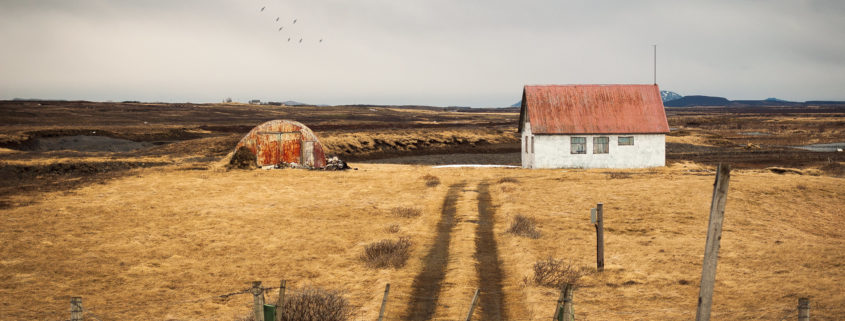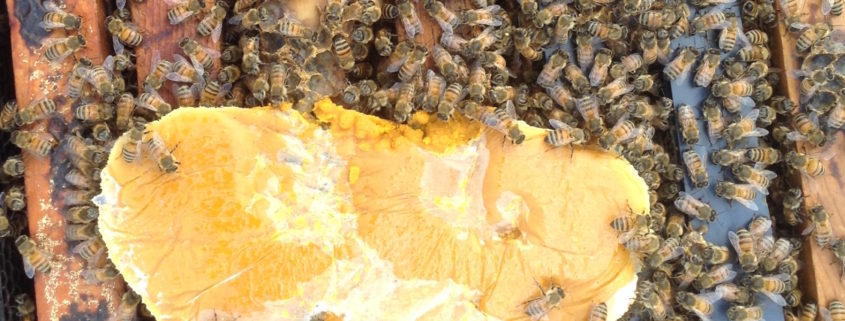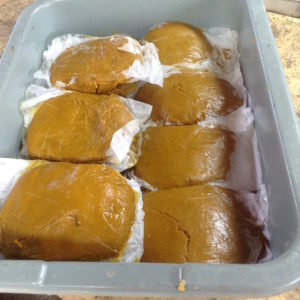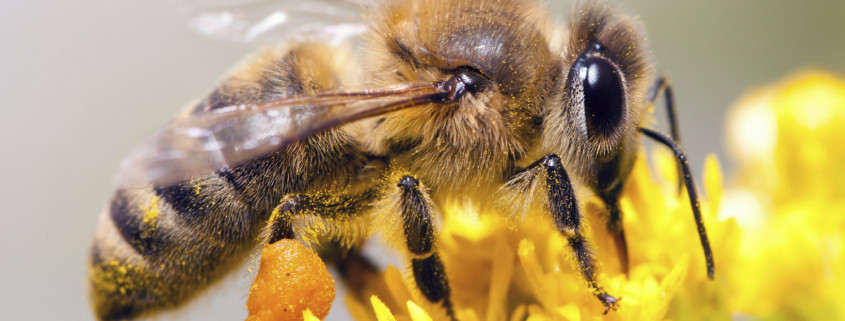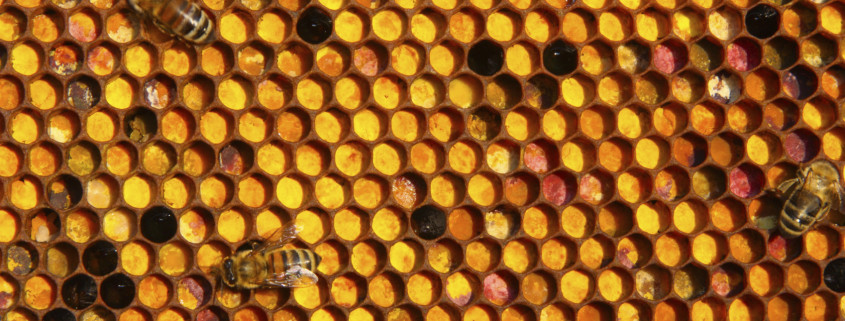Pollen: The Bees’ Thanksgiving Day Meal
As we approach Thanksgiving in the United States, many of us look forward to not only time off from work and time spent with family, but to the meal itself. A proper Thanksgiving meal is an abundant feast. Let’s face it: no one ever leaves a Thanksgiving table feeling hungry.
It’s a shame that our bees cannot celebrate with us. During Thanksgiving, most bees throughout the United States have basically little food. The temperatures are cold; the days are short, and practically no flowers are blossoming. With so few flowers in bloom, there is little or no pollen available for the bees.
Bees thrive on pollen. Of all the foods that bees consume, nothing matches the nutritious benefit of real, actual pollen. Pollen is the bees’ true Thanksgiving meal. It is pollen that drives bee colonies to expand their population, raise drones and generally get healthy in the spring. Over the years, we’ve heard many of our larger commercial customers say that “pollen solves everything.” It’s true. When flowers are blooming and pollen is abundant, bees grow well-nourished and healthy.
This is why bees can easily double their populations in just a few weeks of almond pollination, but rarely grow in similar size during months of alfalfa pollination. Why? Almond blossoms are loaded with nutritious pollen; whereas alfalfa blossoms are not.
For years, beekeepers have been trying to come up with various pollen substitutes to mimic the beneficial effects of natural pollen. While the quality of these pollen substitutes continues to improve over time, all of them still fall short when compared to the effects of actual, real pollen. Imagine trying to substitute a full Thanksgiving Day meal with a few protein bars, and you get the idea. While we can try to substitute various natural foods with our own creations, in the end little can compare with a full, hearty and genuine Thanksgiving meal. And, it is the same for the bees. Happy Thanksgiving!

